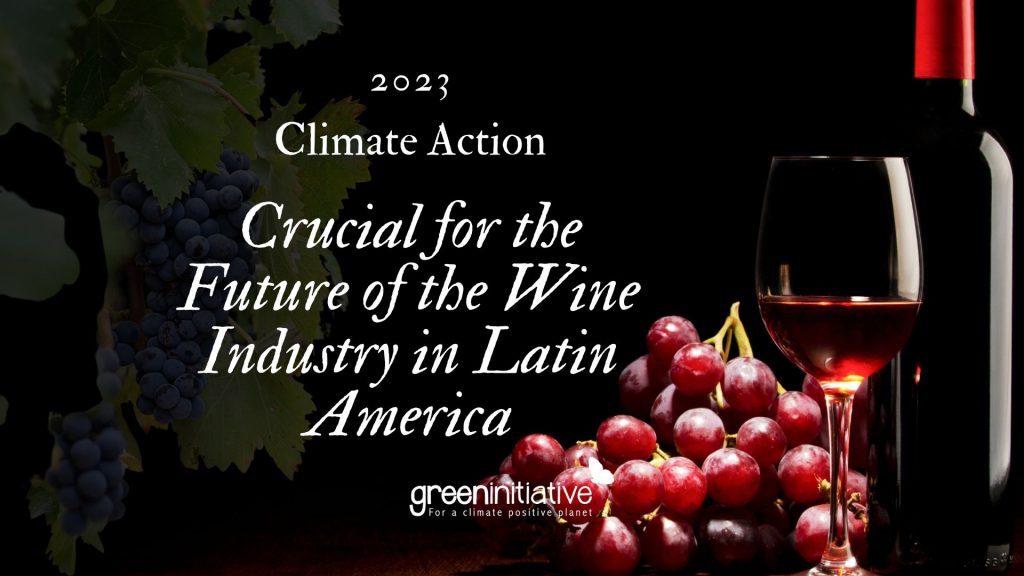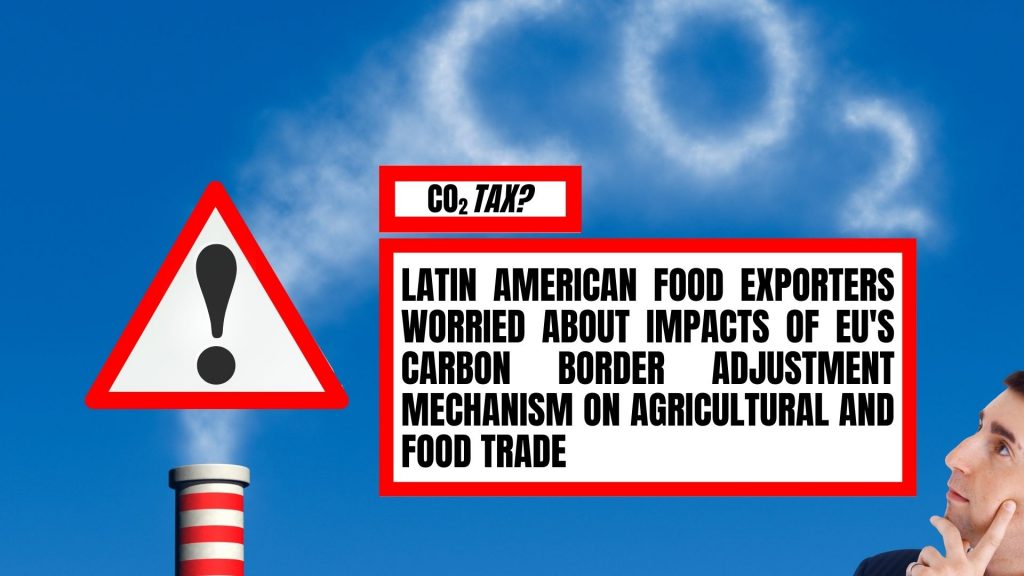Estância Mimosa is the first Climate Positive certified ecotourism attraction in the world
Addressing Climate Change in Tourism: The Glasgow Declaration’s Strategic Framework Climate change is one of the major problems faced by humanity today. Since 2021, the Glasgow Declaration has offered all actors in the tourism sector a strategic framework that encourages the internalization of climate actions in all areas of the tourism value chain: destinations, attractions, companies, and tourists. In this context, Estância Mimosa, a renowned ecotourism tour in Bonito, Mato Grosso do Sul, celebrates an unprecedented achievement for the world tourism sector. It became the first tourist attraction in the world to receive the Climate Positive Certification, granted by the international organization Green Initiative. This achievement highlights Estância Mimosa’s commitment and hard work since its foundation in 1999, not only towards environmental sustainability and the preservation of local biodiversity but also with the climate action goals proposed by the United Nations and the Glasgow Declaration for Tourism. To obtain this prestigious certification, Estância Mimosa started the Green Initiative Certification Cycle in 2023, demonstrating compliance with the organization’s strict criteria of sustainability and environmental responsibility. With this perspective in mind, the INTERNATIONAL SEMINAR ON CLIMATE ACTION IN TOURISM took place in Bonito on July 27, 2023. The event featured the participation of Dr. Saulo Rodrigues, Sustainability and Climate Action Manager, representing the Ministry of Tourism, Edson Barros, as well as Dr. Daniel Galvan from UNFCCC, and Virginia Fernandez-Trapa from the World Tourism Organization, among other stakeholders from the national tourism sector. Estância Mimosa: Leading the Way as a Climate Positive Certified Attraction The Climate Positive Certification demonstrates that Estância Mimosa not only has a neutral balance between its emissions, captures, and offsets but also actively contributes to the mitigation of climate change by preserving and recovering native forests within the limits of the attraction, which account for more than 84 % of the total area of the property. The preservation of these forests guarantees that the carbon in their biomass is not released into the atmosphere through exploitation, and it allows more carbon to be captured by plants during forest restoration. Sustainable Ecotourism Throughout the project, all sources of greenhouse gas emissions from the attraction were quantified for the year 2022 and classified into four categories proposed by the ISO 14064 methodology, namely: The carbon footprint calculation was carried out following the principles of Relevance, Completeness, Consistency, Transparency, and Precision, considering the complete scope 1, 2, and 3 of the attraction. This means that all emissions relating to the operation and the business value chain were assessed in a detailed and standardized manner to allow the comparison of results in the coming years and show the effect of the reduction measures that will be taken. All raw materials used in the attraction were accounted for, from the consumption of fuel and paper to the consumption of rice, meat, and beans. Among the results, we have that the emissions of Estância Mimosa in 2022 were 277.76 tons of CO2 equivalent, which results in 12.46kg of CO2 per visitor received in 2022. The analysis of carbon capture in 2022 was carried out by combining detailed maps of the property’s vegetation cover using UAV technology, satellite images, and studies of forest inventory and carbon capture. Estância Mimosa is a rural property with a significant extension of primary forests and forest regeneration areas, also officially protected by a private reserve – RPPN. This survey found that the forest regeneration areas, equivalent to 89 hectares, captured a total of 460.36 tons of CO2 in their aerial biomass throughout 2022, which is greater than the total emissions of the attraction. Regeneration areas have an accelerated accumulation of biomass in their initial phase of development, which then tends to decrease as the forest becomes more mature. In addition, the carbon stock present in primary forest areas was estimated, which in addition to avoiding greenhouse gas emissions, has an apparent effect on environmental additionality in the region since it is home to a wide range of birds, mammals, and other animals, already identified on the property. Luiza Coelho, Sustainability Director at Estância Mimosa, expressed her gratitude for the recognition and highlighted the attraction’s ongoing commitment to promoting sustainable practices and inspiring other companies in the sector to follow this path. “The Carbon Neutral Certification in the Climate Positive category is an extraordinary milestone for Estância Mimosa and an incentive for us to continue our work in the pursuit of excellence in sustainable ecotourism. We are proud to be leaders in this journey, and we thank all those involved who made it possible “. The Award The Climate Positive Certification was awarded to Eduardo and Simone Coelho, Directors of the Rio da Prata Group (www.gruporiodaprata.com.br), of which Estância Mimosa is part, during the Seminar on Climate Action in Tourism: Global Challenges and Local Opportunities for Innovation, an event held at Sebrae, Bonito, MS on July 27, 2023. About Estância Mimosa Located in Bonito, Mato Grosso do Sul, Estância Mimosa is an acclaimed ecotourism tour known for its lush nature, well-preserved trails, and stunning waterfalls. Committed to sustainability, it offers visitors memorable experiences in harmony with nature. The site is the only tourist attraction in Bonito (MS) that offers trails and waterfalls within a private reserve – RPPN in which it is possible to enjoy direct contact with preserved nature, walk along trails through the forest, see more than 255 species of birds or come across one of the 32 species of cataloged mammals. More information: http://www.estanciamimosa.eco.br Press Contact Name: Luiza Coelho Position: Director of Sustainability of Grupo Rio da Prata E-mail: luiza@gruporiodaprata.com.br Phone: 5567999389064 Become a Climate and Nature Positive Business Green Initiative Certifications are a crucial step towards promoting sustainability and responsible environmental practices across various industries. These certifications are awarded to organizations and businesses that demonstrate a genuine commitment to reducing their carbon footprint, conserving natural resources, and mitigating the impacts of their operations on the environment. By adhering to rigorous standards and guidelines, companies can quantify their greenhouse gas emissions, identify areas for improvement, and implement










